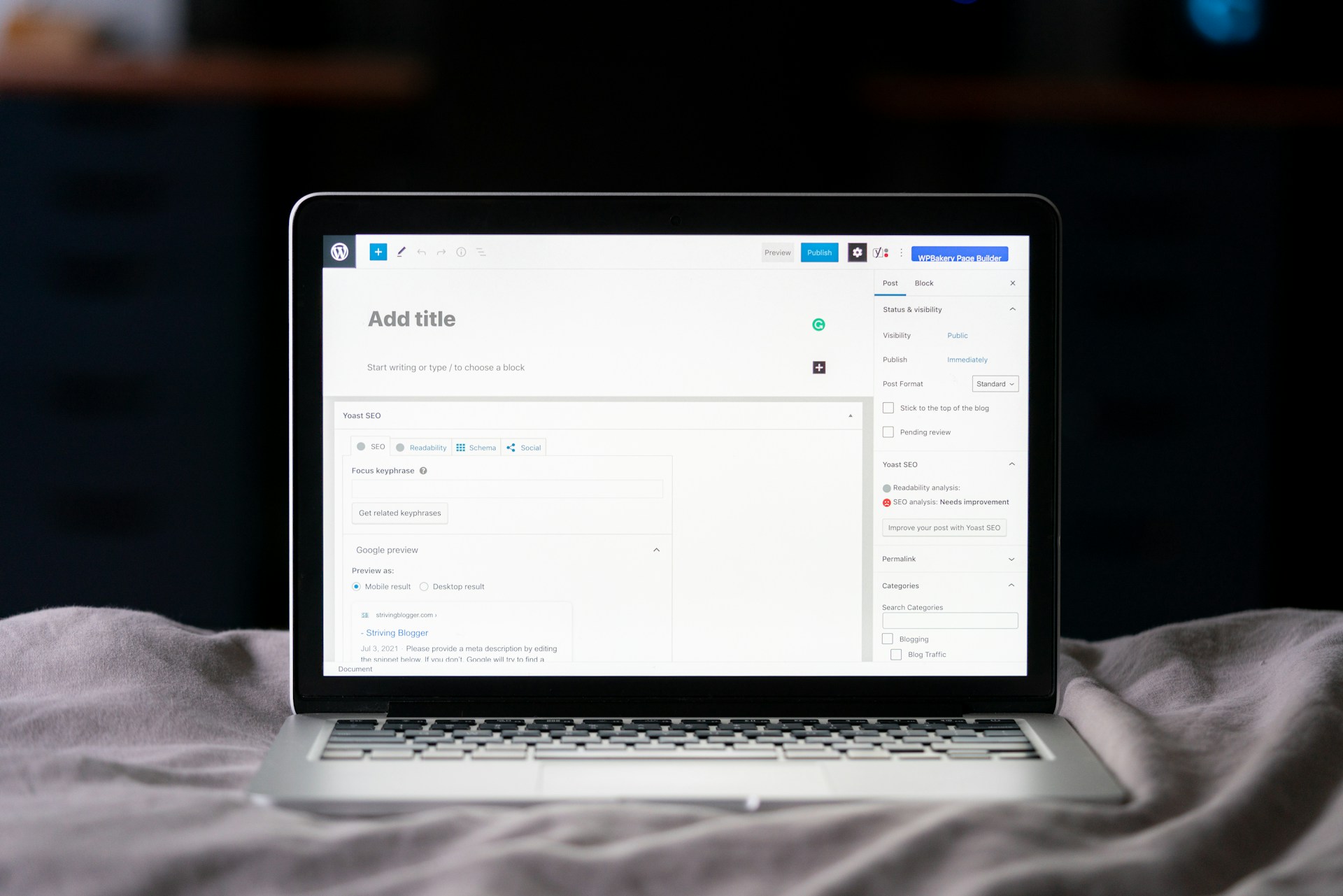Uncover the critical SQL injection vulnerability in the LayerSlider plugin for WordPress, identified as CVE-2025-2879, posing a significant threat to web security and how to safeguard your site.
Introduction:
WordPress is an undeniable powerhouse in the content management system landscape, hosting a significant portion of the web's domains. With great power comes great responsibility, especially when it comes to cybersecurity. A recent discovery by a security researcher, AmrAwad (aka 1337_Wannabe), has brought to light a critical SQL injection vulnerability in the LayerSlider plugin, a tool beloved by many for crafting engaging web animations. This flaw, identified as CVE-2025-2879, bears a critical severity rating of 9.8 and poses a significant threat to over a million WordPress sites.
Understanding the LayerSlider Vulnerability
At the heart of this issue lies an inadequate safeguarding of user inputs and SQL query preparation within the plugin's code, specifically in the "ls_get_popup_markup" action. This oversight allows unauthenticated attackers to inject malicious SQL commands to extract sensitive information such as password hashes from the website's database.
Wordfence, a security firm in the WordPress realm, uncovered this vulnerability and awarded a substantial bounty of $5,500 to AmrAwad for this critical finding. The swift response from Kreatura Team, the developers behind LayerSlider, led to the release of a patched version (7.10.1) within days of the disclosure.
The Exploitation Mechanism
The exploitation of this vulnerability hinges on the misuse of the plugin's 'id' parameter. Attackers can manipulate this parameter, leading to unsafe SQL query execution without proper sanitization. This method, known as a time-based blind SQL injection, is intricate yet alarmingly effective. It involves crafting SQL queries that cause the database to delay responses, thereby confirming the presence of certain data through the timing of the response.
The Broader Implications for WordPress Security
This incident serves as a stark reminder of the vulnerabilities that can lurk within third-party plugins, a common feature of WordPress sites seeking to extend their functionality. Given WordPress's dominance on the web, securing its ecosystem is not just beneficial for individual site owners but is imperative for the overall security of the internet.
Proactive Steps for Site Owners
To mitigate the risk posed by this vulnerability, site owners using the LayerSlider plugin must take immediate action. The first step is to ensure that their plugin version is updated to the latest release, which contains the necessary patches to nullify this threat. Regular updates and security audits of plugins can significantly reduce the risk of such vulnerabilities being exploited.
Conclusion / TLDR:
The LayerSlider vulnerability highlights the ongoing battle between developers and cyber threat actors. It underscores the importance of vigilance, timely updates, and the role of the community in identifying and mitigating threats. As we navigate the complexities of web security, let's take this incident as a call to action, not just for WordPress users but for all stakeholders in the digital ecosystem. Together, we can work towards a safer, more secure internet.
Here at Vecurity, we can help with this problem, and you can learn more about how we combat SQL Injection here.


